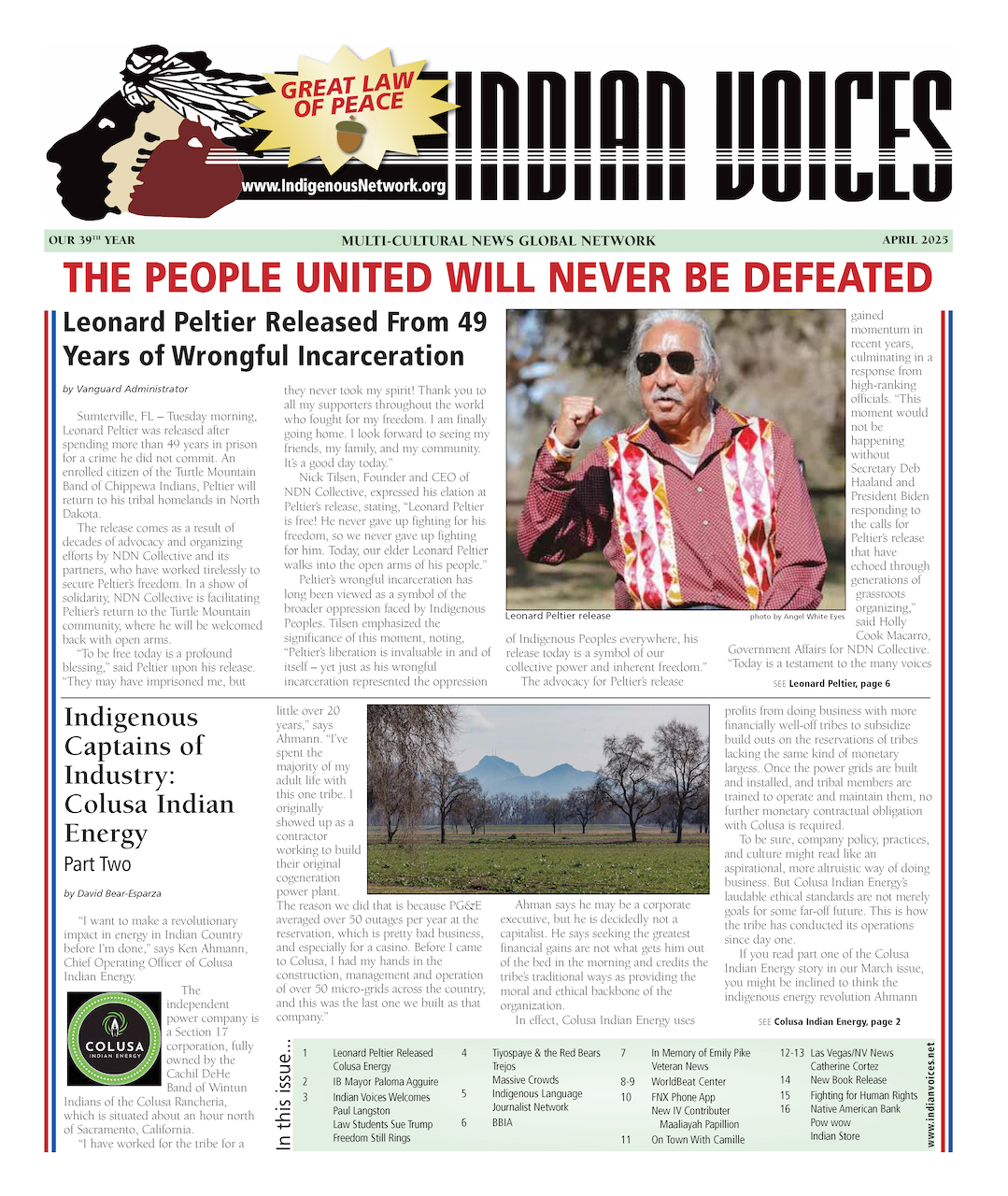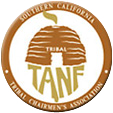Shared exclusively with Indian Voices and the Bureau of Black Indian Affairs
By William Loren Katz
Honorary Chair, Bureau of Black Indian Affairs
Honorary Chair, Bureau of Black Indian Affairs
People across the United States are suddenly being forced to learn fracking and other examples of danger to the water supply has deadly results.“Water is life” the protectors shouted as they massed to stop the Dakota Access Pipeline at Standing Rock North Dakota. They warned the entire country, and especially its children will face serious health consequences.
This knowledge is old news to communities of color – ask the residents of Flint Michigan. Everyone now knows what happened to the poisoned water channeled to Flint’s African American majority population. Today’s news reports vividly describe the resistance mounted at Standing Rock Sioux Reservation where 100 and more Native American Nations are fighting the dangers of the Dakota Access Pipeline (DPL) and its record of broken pipes. DPL promises to bring 470,000 barrels of crude oil a day through a 30-inch pipe from North Dakota across four states to Illinois and through the Missouri and Mississippi Rivers down to the Gulf of Mexico.
This DPL pipeline costs $3.8 billion, funded by Wall Street largest speculators in fracking, will make some rich people richer. People of color along the way, especially children with nowhere find clear water, will become ill and many will die. This happened in Flint where an appointed City Manager seeking to save money ordered the use of untreated Flint River water containing lead. The result was devastating: children and women especially were hit mentally and physically. Children suffered behavioral disorders, hearing problems and delayed puberty. Pregnant women suffered reduced fetal growth. Flint adults had damage to hearts, kidney and nerves.
Just this week almost 100 U.S. scientists have signed a letter decrying "inadequate environmental and cultural impact assessments" for the Dakota Access Pipeline (DAPL), and calling for a halt to construction until such tests have been carried out “as requested by the Standing Rock Sioux Tribe.”
Standing Rock Sioux members in April began the greatest Indian uprising in a century, and their protest has revived old alliances with African Americans against oppressive white encroachments on communities of color and their lands.
At Standing Rock now over 100 tribes have banded together. Supporting the Sioux are of young members of Black Lives Matter who arrived by August . Few Americans know these women and men affirmed a tradition that began five centuries ago when people of African and Indigenous descent united to fight European invaders and slave-catchers in the Americas of Christopher Columbus. Black Indians: A Hidden Heritage definitively reveals this story from its beginnings in the 1500s with European enslavement of both peoples of color.
By September thousands of protestors of all races were shouting “water is life.” They soon faced state troopers and police using attack dogs in scenes that looked like Birmingham Alabama in 1963 when Sheriff Bull Connor unleashed snarling dogs against civil rights marchers. Men and women were bitten and bleeding.
Then the fury spread nationwide. People of all races joined huge protest marches called by Indigenous leaders in U.S. cities from San Francisco to Denver, and Birmingham to New York.A Black Lives Matter website explained its presence at Standing Rock:
“Black Lives Matter stands with Standing Rock. As there are many diverse manifestations of Blackness, and Black people are also displaced Indigenous peoples, we are clear that there is no Black liberation without Indigenous sovereignty . . . . . America has committed and is committing genocide against Native American peoples and Black people. We are in an ongoing struggle for our lives and this struggle is shaped by the shared history between Indigenous peoples and Black people in America, connecting that stolen land and stolen labor from Black and brown people built this country.”
This echoed a centuries old famous African American statement quoted in Black Indians: A Hidden Heritage [Atheneum, 2012 revised edition]. In 1852 Dr. Martin R. Delany, a militant abolitionist lionized as the father of Black Nationalism in the United States, said of Indigenous Americans. “We are identical as subjects of American wrongs, outrages and oppression, and therefore one in interest."
The battle for safe water for all people continues at Standing Rock. Indigenous Environmental Network organizer and Cheyenne River tribal member Joye Braun stated, “When this proposed pipeline breaks, as the vast majority of pipelines do, over half of the drinking water in South Dakota will be affected. How can rubber-stamping this project be good for the people, agriculture, and livestock? It must be stopped . . . with our allies, both native and non-native.” Standing Rock descendant Waniya Locke explained, “The Missouri River gives drinking water to 10 million people. We are protecting everyone. We are standing for everyone…. They are violating not only my people of Standing Rock, but they are violating ranchers and farmers and everybody else who lives along this river.”
Where did this story of unified resistance to tyranny by people of African and Indians descent begin? Black Indians traces it to 1502, when the first enslaved Africans in the Americas on the island of Hispaniola escaped to and found a welcome in Indian villages. Hispaniola Governor Ovando reported it this way: “They fled among the Indians and never could be captured.” These four words announced the First Rainbow Coalition, and an alliance that despite many attacks, lasted 500 years.
Black Indians follows this alliance history and its many forms as a joint resistance to slavery and colonialism. There were many Indian stations of the Underground Railroad in the North and South, and a full-blown 42-year Seminole war in Florida against slaveholder aggressions in the 1800s.
The End
William Loren Katz
williamlkatz.com
williamlkatz.com






